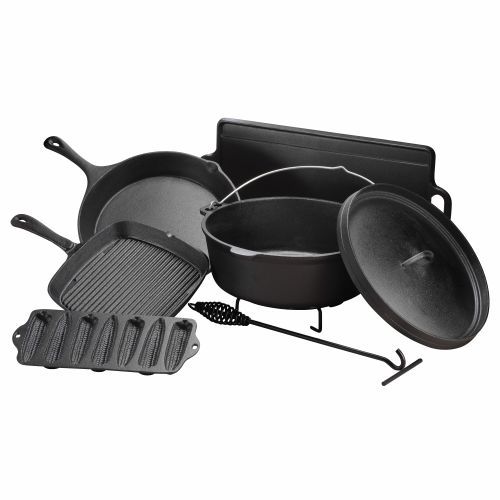Season to grow vegetables
Grow Vegetables in the Right Season
The planting date for each vegetable depends upon the weather that the vegetable can best tolerate.Planting vegetables in their right season will greatly enhance your harvest. Most vegetables belong to one of two seasonal groups: cool-season crops and warm-season crops.
The planting date for each vegetable depends upon the weather that the vegetable can best tolerate. Cool-season vegetables grow best in early spring or in late summer and autumn when the weather is cooler. Warm-season vegetables grow best during the late spring, summer, and early autumn when the weather is warm.
Cool-season crops must mature while the weather is cool otherwise they will go to seed. That means they are usually planted at the end of the warm season or the start of the cool season. Warm-season crops must be planted and begin to grow after the last frost or freeze of winter, and they must mature soon enough that they can be harvested before the first frost of the next cool season.
Of course, if the weather in your region is cool year-round, cool-weather crops will be well suited most of the year. And, if you live in tropical or subtropical region where the weather is seldom if ever cool, warm-weather crops are your best year-round choice.
Cool-season crops
Cool-season vegetables should be planted so that they mature either in the spring or early summer before the heat of summer or later in autumn as the weather begins to cool. Cool-weather vegetables require a minimum planting temperature of 40-50°F (5-10°C), and they grow best when the temperature highs are in the range of 70-75°F (21-24°C).Cool weather crops usually stop producing when daytime temperatures reach 80ºF (26°C). or higher.
Cool-season vegetables that can tolerate frost and or short freezes are classified as hardy and half-hardy according to their tolerance. Hardy vegetables can be planted two to four weeks before the last frost in spring. Their seeds will germinate in cold soil and their seedlings can endure short freezes
Hardy vegetables include:
- Asparagus
- Broccoli
- Brussels sprouts
- Cabbage
- Collards
- Garlic
- Horseradish
- Kale
- Kohlrabi
- Leeks
- Onions
- Parsley
- Peas
- Radishes
- Rhubarb
- Rutabagas
- Spinach
- Turnips
Half-hardy cool-weather vegetables are able to tolerate light freezes, just a few hours of freezing weather or frost.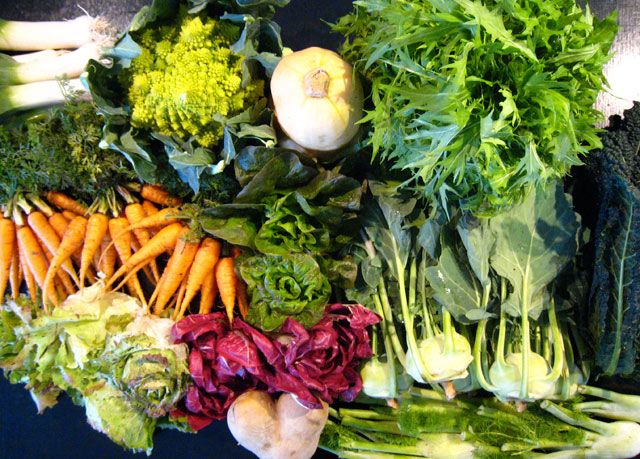 Half-hardy crops should be planted about the date of the last spring frost. If they are planted too soon, they will not survive extended freezing weather.
Half-hardy crops should be planted about the date of the last spring frost. If they are planted too soon, they will not survive extended freezing weather.
Half-hardy vegetables include:
- Beets
- Carrots
- Cauliflower
- Celery
- Chard
- Chinese cabbage
- Chicory
- Globe artichokes
- Endive
- Lettuce
- Parsnips
- Potatoes
- Salsify
Warm-season crops
Warm-season vegetables require a minimum soil planting temperature of 50°F (10°C). The optimal soil planting temperature for warm-season crops is 60°F (16°C). Warm-season crops do best when the air and soil temperatures reach 65-86° (18-30°C). Most warm-season vegetables require at least 75°F (24°C) for minimum growth.
Warm-season crops can be classified as tender and very tender. Tender vegetables are best planted one to two weeks after the last frost. Very tender vegetables are best planted at least three weeks after the last frost.
Tender vegetables include:
- New Zealand spinach
- Snap beans
- Sweet corn
- Tomatoes
Very tender vegetables include:
- Cucumbers
- Eggplant
- Lima beans
- Muskmelons
- Okra
- Peppers
- Pumpkins
- Squash
- Sweet potatoes
- Watermelons
Many warm-season vegetables can be grown out of their season if they are protected from temperatures below 50ºF (10ºC). You can use cold frames, row covers, cloches or other season-extending devices to grow warm-season vegetables out of season.
More tips at Seed Planting Times.
a month by month calendar |
(Image credit: Dougal Waters / Getty Imabges)
Knowing when to plant vegetables is essential if you’re looking to grow your own edibles. Growing your own vegetables from seed is a great way to give a supply of fresh organic produce as part of a healthy diet, but it is also highly rewarding and good for wellbeing.
While you can buy seedlings and plug plants from garden centres and online suppliers, planting vegetables from seed is the most economical way of growing produce, plus it also offers the opportunity to try all sorts of different vegetable varieties. However, with a dazzling array to choose from, it can be tricky to know where to begin.
Whether you’re in the process of creating a kitchen garden or simply want to grow a few veggies in containers on your patio or balcony space, this handy vegetable calendar will help get your kitchen garden ideas get off to the best start.
(Image credit: Leigh Clapp)
When to plant vegetables – points to consider
Planning when to plant vegetables can be confusing as there are a huge array of vegetable garden ideas, plus there are vegetables that can be planted in every month of the year, right through from January to December.
A vegetable calendar is a great place to start when planning a kitchen garden as it will help you know when to buy seeds so that you don’t miss out on growing your favorite vegetables, plus will it help you organize crop rotations on your patch.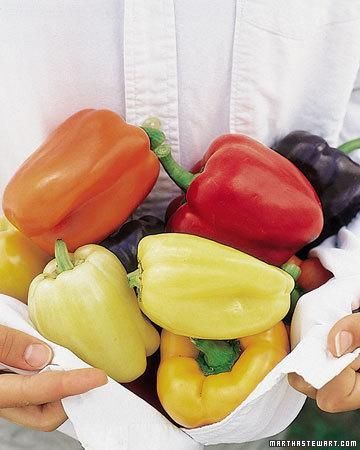 It is also a handy source of inspiration for what to plant.
It is also a handy source of inspiration for what to plant.
Exactly when to plant vegetables will depend on your climate and weather conditions, so while a vegetable calendar is a handy guide planning tool, it is also important to keep a tab on temperates in your region.
Throughout the gardening year it's a good idea to note down key information on weather conditions to help build your own personal vegetable planting calendar. The last frost date is particularly useful for gauging when to start sowing and planting out tender crops.
The temperature of the soil is a key factor in the germination of seeds, and different seeds germinate at different temperatures, so consider buying a soil thermometer to check the temperature is right for sowing.
Different varieties of the same type of vegetable can have different sowing and planting times, so always refer to the instructions on the seed packet.
(Image credit: Future/Annaick Guitteny)
January
With the ground still very cold, January is a quiet time for sowing and planting vegetables, so this is the perfect opportunity to plan for the year ahead.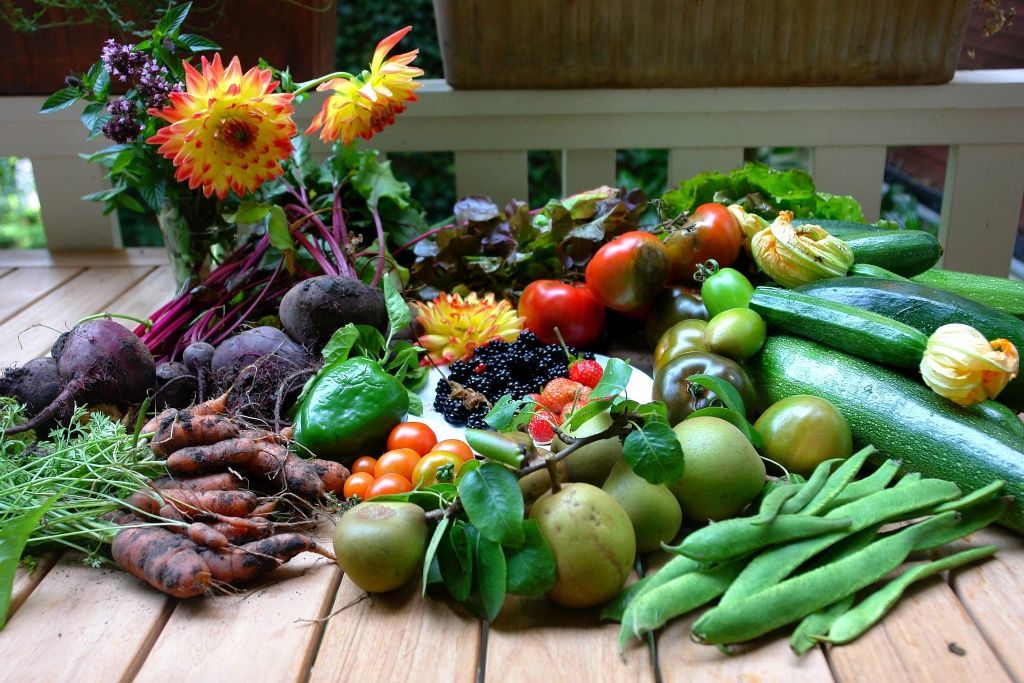 Take time to look through seed catalogues and make a plan of your plot.
Take time to look through seed catalogues and make a plan of your plot.
However, there are some things that can be planted under cover to get your growing season off to a head start.
Onions – if growing from seed then onions can be planted under cover in a greenhouse in January and February. While growing onions from sets (immature onion bulbs) is often the easiest method, knowing how to grow onions from seed may be useful as it is a more economical way of growing them if you are looking for a larger crop.
Potatoes - For those keen on learning how to grow potatoes then January is the time when you can begin the process by chitting your Early potato varieties. Chitting encourages potatoes to sprout prior to planting and is usually done 6 weeks before seed potatoes are planted into beds.
Lay seed potatoes in a tray – egg boxes are often used – with their eyes point up and leave in a light, cool, frost-free place. When the shoots are 1/2-1 inch tall (1-2cm) then the potatoes are ready to plant.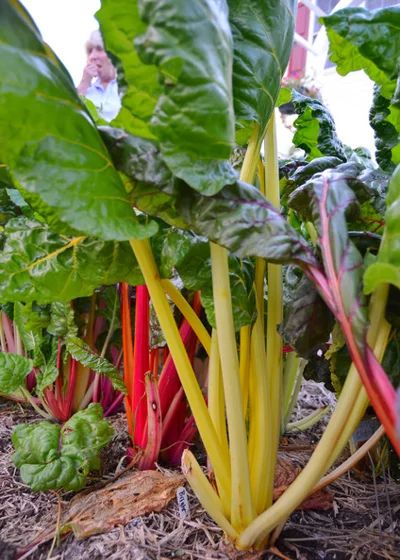
(Image credit: Getty Images)
February
The weather is unpredictable in February but there are some vegetable varieties that can be sown under cover in the greenhouse or on a warm windowsill to kick start the growing season including hardy vegetables.
'In February, you can start sowing choices such as broad beans, peas, carrots, onions, the first potatoes and salad crops under cloches,' explains gardening expert Leigh Clapp.
Edibles that need warmth and are suited to growing in a greenhouse can also be planted under cover in February including tomatoes, peppers, cucumber and eggplant.
With spring around the corner, February is a good time to prepare your beds for the growing season. You can also cover them with a plastic tarpaulin or cardboard to prevent the soil getting waterlogged.
(Image credit: Crocus)
What to plant indoors:
Fava beans – grow fava beans, also known as broad beans, by sowing them indoors into individual pots or modular trays ready for planting out 4-6 weeks later. Alternatively sow directly from March to May or in October to November for an early spring crop. You can also sow directly in February under cloches.
Alternatively sow directly from March to May or in October to November for an early spring crop. You can also sow directly in February under cloches.
Tomatoes – sow tomatoes in a propagator in late February – this is the best time to sow if you are thinking of growing tomatoes in a greenhouse. Sow in seed trays or in individual pots if you want just a few plants.
Peppers – sow under cover from February until March. Sow seeds into pots or seed trays and place in a heated propagator 65–70°F (18–21°C) or on a sunny window sill covered with a plastic bag.
Eggplant – growing eggplant – or aubergines – in a greenhouse sow seeds in individual pots in February and plant out in April. Alternatively sow from January for cultivation in a heated greenhouse. If transplanting outside, sow seeds undercover in March and plant out once the risk of frost has past in later May.
(Image credit: Getty Images)
What to sow outdoors:
Radish – sow seeds direct where they are to grow in short drills 12 inches (30cm) apart from February until August.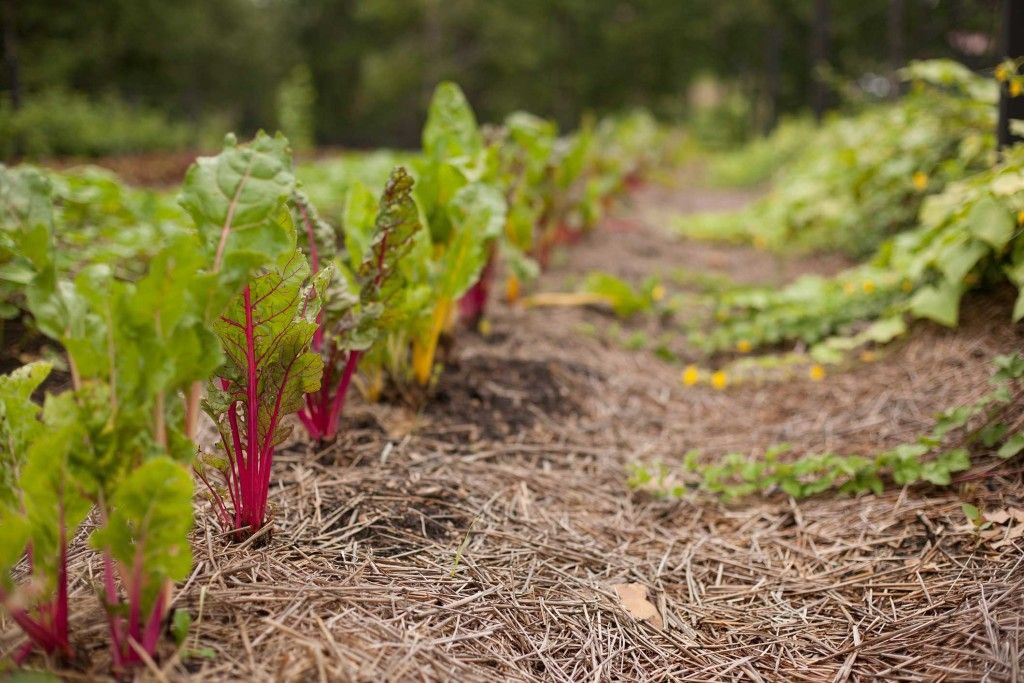 Sow little and successively for a continual supply. If sowing in February consider using a cloche.
Sow little and successively for a continual supply. If sowing in February consider using a cloche.
(Image credit: Getty Images)
March
In milder regions and areas with light, sandy soil, March is the time when you can begin to sow some vegetable seeds outside. Sandy beds will benefit from the addition of organic matter to help the soil retain moisture. In cooler regions, and areas with heavy clay soil, outdoor sowing may be a little later, explains gardening expert Leigh Clapp.
'Clay soil needs breaking up and takes longer to warm up so suits later crops, whereas light soils are good for early vegetables but will need large quantities of manure and compost to avoid water draining away too rapidly. The ideal is loose, crumbly loam, which absorbs and holds water and nutrients, is well aerated and drains freely.'
If you live in a cooler region you may want to wait until April to begin direct sowing some of the vegetables on this list, however there are vegetable varieties that can be started off in the greenhouse in March, too, including: sweetcorn, spinach, parsnips, leek, kale, cauliflower, beetroot.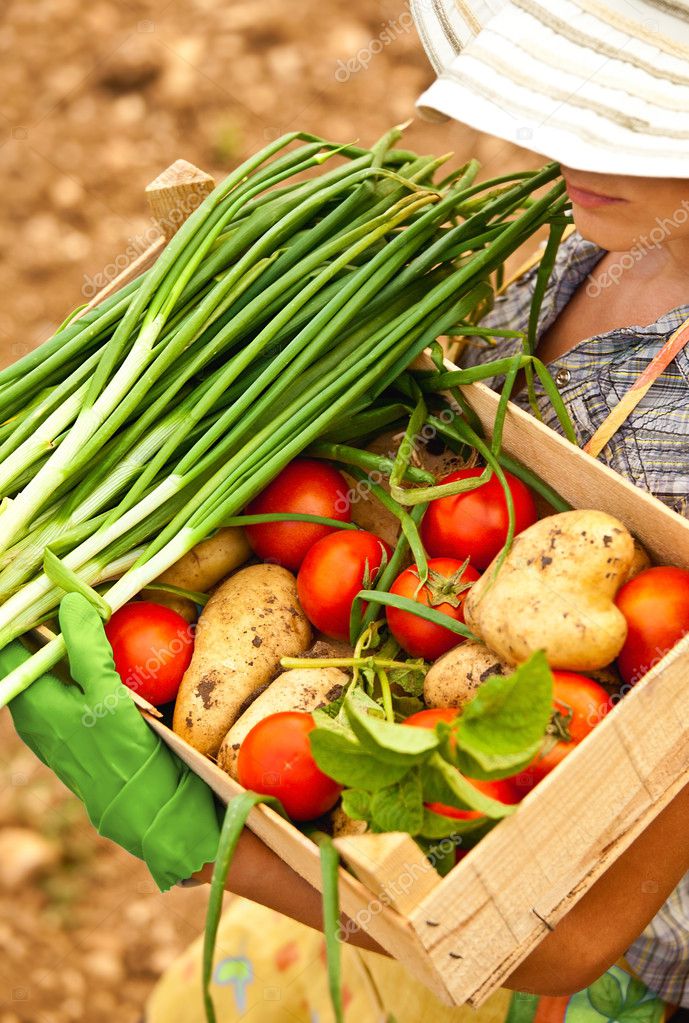
You can also continue to sow tomato, eggplant and peppers under cover.
(Image credit: coldsnowstorm / Getty Images)
What to sow indoors:
Pumpkin – sow under cover from March until May or sow direct from late May once frosts have passed.
Cucumber – if you are planning to cultivate cucumbers a greenhouse sow seeds now ½–¾in (1–2cm) deep, in small pots. Be sure to familiarise yourself with how to grow cucumbers before you start out.
Tomatoes – sow seeds under cover in March if you are planning to transplant them outside.
(Image credit: merlinpf / Getty Images)
What to sow outdoors:
Asparagus – plant asparagus crowns in late March and April.
Beetroot – direct sow in rows 12 inches (30cm) apart from March to July for harvesting in as little as 7 weeks. Thin out seedling to 4 inches (10cm) apart at about 1 inch (2. 5cm) tall. Sow every few weeks for continual supply.
5cm) tall. Sow every few weeks for continual supply.
Broad beans – sow seeds direct outside into rich fertile soil enriched with manure or organic matter. Sow in seeds at 9 inch (23cm) intervals in double rows set 9 inches (23cm) apart, with 24 inches (60cm) between each double row. Be sure to familiarise yourself with how to grow fava beans beforehand.
Leeks – sow leeks in March and April in a prepared seed bed for transplanting to their final position in early summer. Alternatively they can be sown under cover from January to March in modules and placed in a propagator ready for planting out later. Harvest from October to March.
(Image credit: Getty Images)
Onions – plant onion sets from mid March to mid April. Alternatively plant from October and November.
Parsnips – direct sow from March to May in a prepared bed in a sunny position. The soil should be friable and stone-free.
Peas – sow peas direct from March until July for picking from July to October. To grow them outdoors sow in trenches 2 inches (5cm) at around 3 inches (7.5cm) apart.
To grow them outdoors sow in trenches 2 inches (5cm) at around 3 inches (7.5cm) apart.
There are three types of pea: Early, Second early and maincrop peas, and each is best planted at different times so be sure to research how to grow peas before starting out.
(Image credit: Getty Images)
Potatoes – plant chitted First Early potatoes in mid-late March ready for harvesting in 11-13 weeks. When to plant potatoes will depend on what variety they are so be sure to do your research first.
Spinach – sow summer spinach direct from March to June. Sow every three weeks for picking from May to October. Sow thinly in drills 1inch (2.5cm) deep set 12 inches (30cm) apart.
Spring Onion – sow seeds direct from March until August. Sow thinly in drills every three weeks for a continual supply. Spring onions can be harvested in just 8 weeks from sowing.
(Image credit: Future)
April
April is a busy month in the vegetable garden as it is when the outdoor sowing season gets into full swing.
Be sure to label your sowings with the vegetable variety and date as you go. If sowing direct avoid treading on freshly dug soil, instead use boards to stand on.
What to plant indoors:
Zucchini – you can grow zucchini by sowing zucchini seeds in 3 inch (7.5cm) pots and place in a propagator or on a sunny windowsill.
Sweetcorn – for best results sow sweetcorn seeds under glass in mid April and early May and plant out in late May to early June.
To avoid root disturbance sow in 3 inch pots, sow two seeds about one inch deep. Alternatively sow outdoors in mid May – sow in blocks with 2 seeds every 18 inches and 1 inch deep.
(Image credit: Getty Images)
What to plant outdoors:
Broccoli – to grow broccoli, sow direct outdoors from May to April. Sow where they are to grow or alternatively sow in a seedbed or under cover, and transplant them to their final position 5-7 weeks after sowing.
Carrots – If you're wondering how to grow carrots, April is the month to start sowing the seeds outdoors – sow thinly ½in (1cm) deep in rows 6–12in (15–30cm) apart. Ensure the soil is well dug over and raked to a fine tilth – it needs to be free from stones as this can result in forked carrots.
‘For sweet, small carrots, sow every few weeks from early spring to late summer for a successional harvest from June to November,’ says gardening expert Leigh Clapp.
Alternatively, for an early crop, sow varieties such as 'Nantes' under cloches or in the greenhouse in February and March.
Cabbage – sow winter cabbage April and May. Transplant seedlings to their final position in late June to July and when the plants have 5-6 true leaves.
(Image credit: Miracle Gro)
Cauliflower – sow outdoors in April for transplanting in June. There are three types of cauliflower – spring, summer and autumn and sowing times will vary on what type you choose to grow.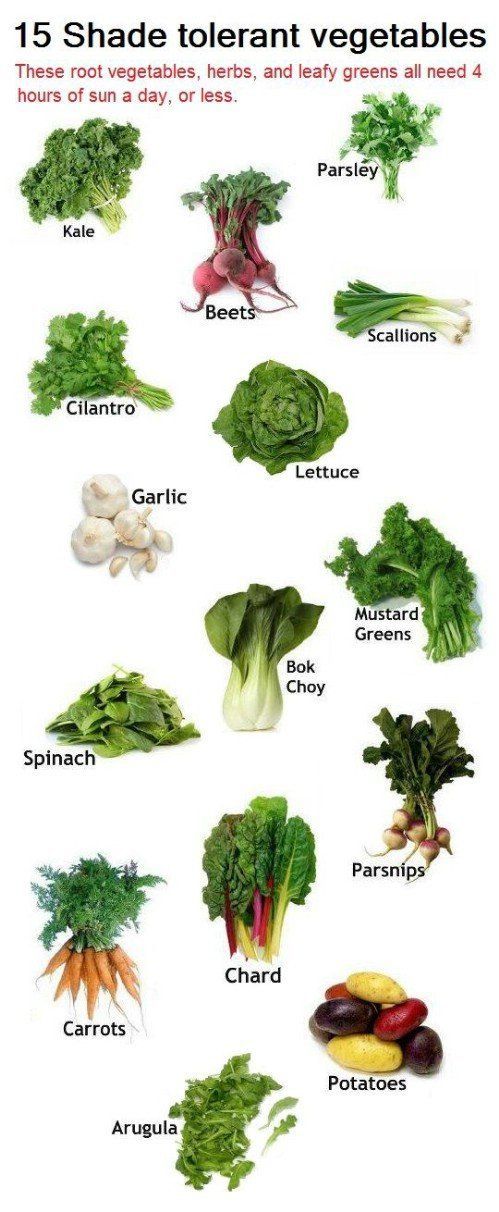
Chard – chard, also known as beet leaf, is a tasty and versatile hardy biennial that can be sown direct from March to September however sowings in April and July are a good way to ensure a continual crop throughout the year.
'For great-value yielders you can’t beat Swiss chard and perpetual spinach that will crop for a whole year and throughout winter,' says gardening expert Leigh Clapp.
Potatoes – plant Second Early potatoes in early to mid April and maincrop potatoes in mid to late April.
Salads and lettuce – direct sow rocket, salads and summer lettuce. Or sow from March under cloches.
(Image credit: Leigh Clapp)
May
May continues to be a busy month for sowing vegetable seeds. From mid-May the risk of frost in the UK has usually passed, meaning you can begin to direct sow half-hardy annuals and begin to harden off tender vegetables grown under cover ready for planting outside including courgettes, pumpkin and French beans.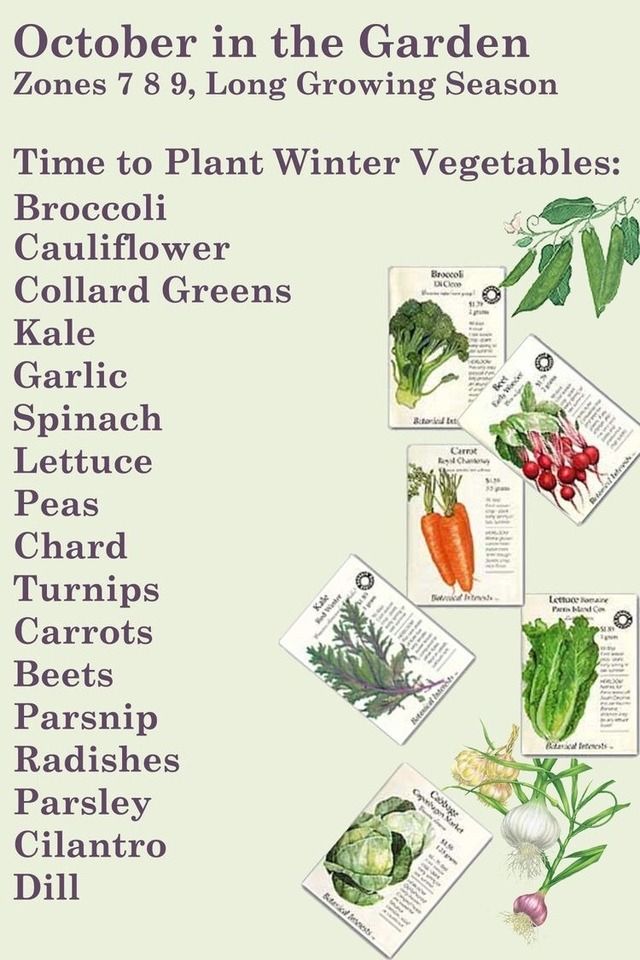
Hardening off is where tender plants are gradually brought outside to acclimatise them to cooler temperatures. If raised in a heated greenhouse, move plants to an unheated greenhouse for around two weeks before then moving them to a cold frame.
If you do not have a greenhouse or cold frame then move the plants outside into the sun for a couple of hours a during the day and slowly increase the time period.
You can continue to direct sow broccoli, cabbage, carrot, parsnip, peas and spinach.
(Image credit: Getty Images)
What to plant outdoors:
French beans – direct sow French beans from May when the risk of frost has passed, or sow under cover from March for transplanting later. Make successive sowing until the end of June for picking until early October.
You'll know when to pick green beans and French beans by the appearance of the crop. The beans should be pencil thin, around 4 inches long, and without any visible bumps along the pod.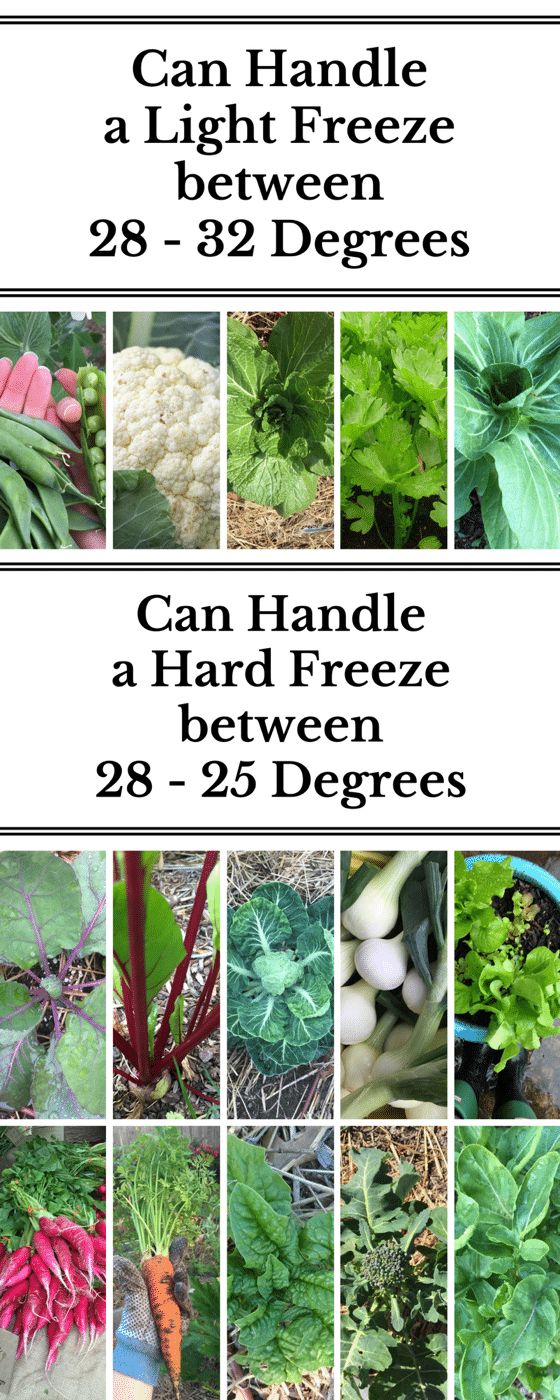
Zucchini – direct sow zucchini outside in late May to June. Plant out courgettes grown under cover from late May but be sure to harden them off beforehand.
Pumpkin – to grow pumpkins, direct sow pumpkin seeds where they are to grow in late May or early June. Pumpkins grow best in warm weather so cover with cloches to give them the best start.
(Image credit: PhotoAlto/Jerome Gorin / Getty Images)
June
In June you can continue to make successive sowings off radish, salad and carrots, as well as direct sow zucchini, beetroot, peas, French beans and parsnips.
What to plant outdoors:
Fennel – Sow seeds direct in late June in fertile, moist soil. Thin to one plant every 10in (25cm) in rows 18in (45cm) apart, and water during dry spells.
Brassicas – direct sow brassicas such as kale cabbage, broccoli and Brussel sprouts for harvesting in winter
(Image credit: Getty Images)
July
July is the last chance to sow French beans and you can also plant out winter winer leeks into their final position.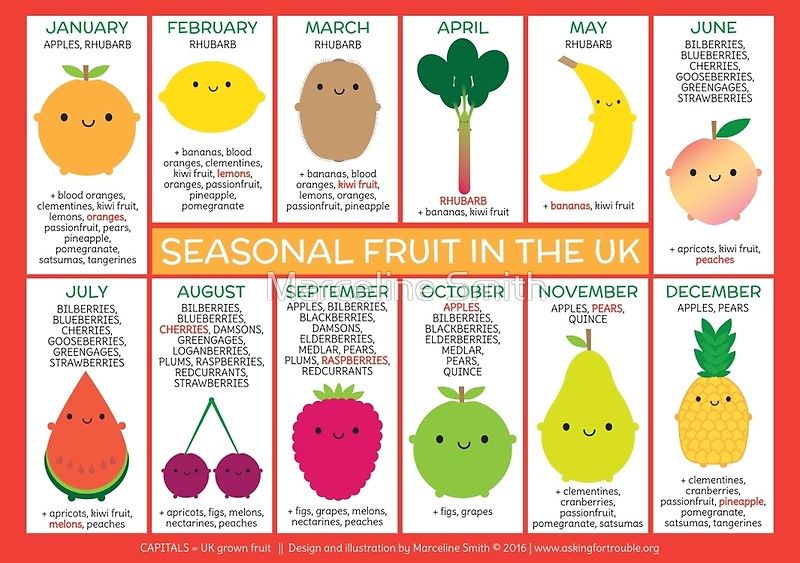 Fast-growing vegetables can still be sown including radish, spring onions and beetroot.
Fast-growing vegetables can still be sown including radish, spring onions and beetroot.
There is plenty of harvesting to be done in July which will keep you busy including, carrots, radish, beetroot, chard, peas, salad leaves, broad beans, tomatoes, cucumbers and more!
(Image credit: Getty Images)
What to sow outside:
Chard – Sowing a second crop of chard in July will give you a fresh supply through autumn. Sowing made in July can also be overwintered for picking the following spring.
Spring cabbage – sow spring cabbage in July and August in seed beds and transplant to their final position in September and October ready for picking the following spring.
Pak choi – great in soups and salads and easy to grow from seed, pak choi can be harvested in as early as 30 days in baby leaf form or in 45-70 days as semi-mature to full size heads.
They can be grown outside over winter, providing you with fresh greens all the way through to spring but will benefit from some protection. Sow seeds thinly at a depth of 1/2 an inch (1cm) in rows 15 inches (38cm) apart. The seedlings will need thinning to different distances depending on how mature you want to grow your pak choi.
Sow seeds thinly at a depth of 1/2 an inch (1cm) in rows 15 inches (38cm) apart. The seedlings will need thinning to different distances depending on how mature you want to grow your pak choi.
(Image credit: coldsnowstorm / Getty Images)
August
In August your vegetable plot will be at its peak with a glut of produce ready for harvest, however there are some things you can plant including winter crops such as spinach, kohl rabi, and spring cabbage as well as winter salad leaves.
(Image credit: Dougal Waters / Getty Images)
What so plant outside:
Spinach – late august is a good time to sow a second crop of spinach.
Spinach is a cool season crop which can easily go to seeds in the heat, so seeds are best grown in early spring as well as in late summer and early fall.
It can also be over wintered with protection. For later sowings look for 'long-day' varieties. Check out how to grow spinach for more tips.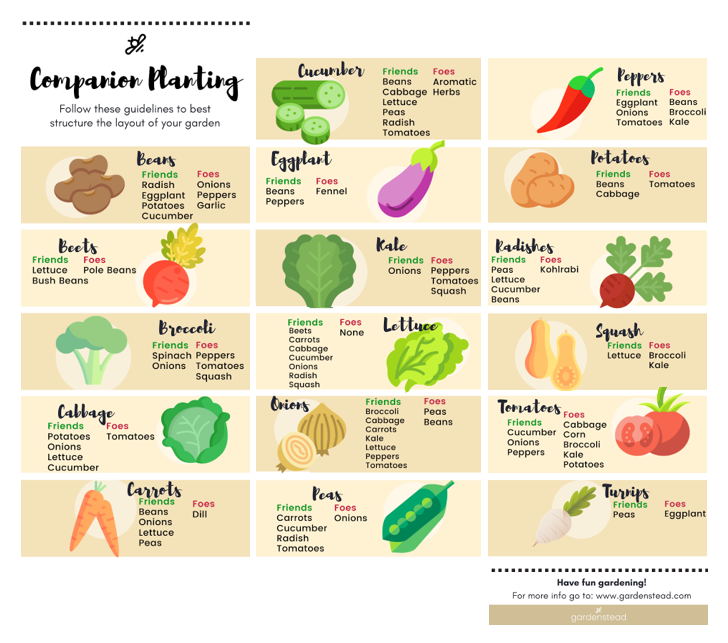
Kohl rabi – If sown in August this brassica can be harvested up until November. Sow direct in drills 12 inches (30cm) apart and at a depth of ½in (1cm) deep. Thin out seedlings at 1in 2.5cm tall to a final spacing of 6in 15cm (15cm) apart and keep well watered in hot weather. Pick when between the size of a golf and tennis ball.
(Image credit: The Garden Smallholder)
September
Winter salads – there are many hardy salads that will grow over winter including Lamb’s lettuce, mustard greens, 'Winter Gem' lettuce, arugula and oriental leaves such as mibuna and mizuna.
Early fall is the perfect time to sow these as the soil is still warm. Seeds can be sown in seed trays or direct into finely raked soil.
You can also continue to make sowings of chard.
(Image credit: Jonathan Buckley for Sarah Raven)
October
What to plant outside:
Garlic – October is when you can start growing garlic. Garlic is often grown from sets rather than seed and is best planted in autumn as it needs a cold spell to stimulate growth. However there are varieties that can be planted in early spring.
Garlic is often grown from sets rather than seed and is best planted in autumn as it needs a cold spell to stimulate growth. However there are varieties that can be planted in early spring.
Sets should be purchased from garden centres or specialist mail order supplier and not from the supermarket. There are two main sorts to choose from: hardneck and softneck.
To sow, split the bulb into cloves and plant in rows 4-6 inches (10-15cm) apart, 1 inch (2.5cm) deep with the pointed end facing up.
Garlic can rot in waterlogged soil so is you have heavy clay soil consider starting them off in modules finding out more on how to grow garlic will ensure your crop is a success.
Broad beans – if your vegetable garden is in a sheltered position early varieties of broad beans can be planted direct in October for an early crop the following year.
(Image credit: Trine Loklindt EyeEm/Getty Images)
November
As the temperature drops there are little sowings that can be made in November, but there is still plenty of edibles to harvest including brassicas such as kale, cabbage, Brussel sprouts and kalettes.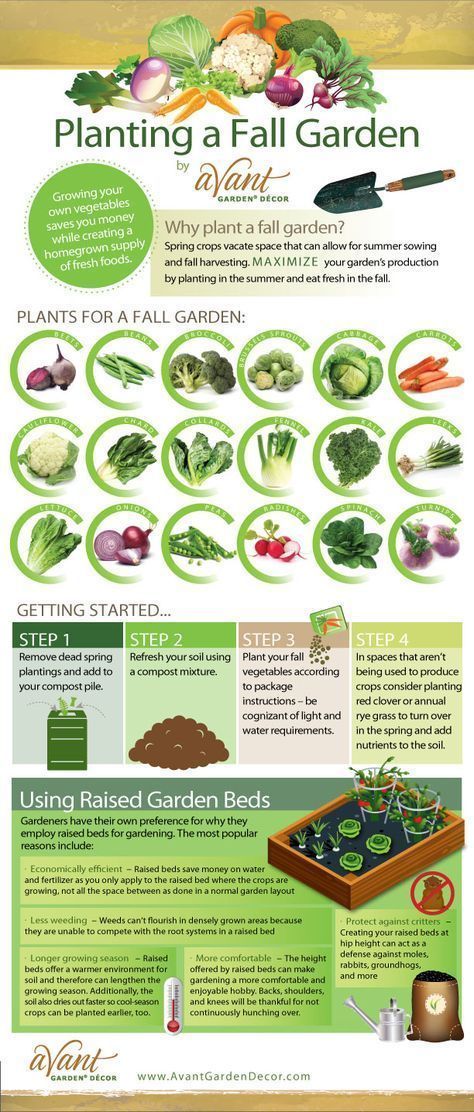
Root vegetables can be lifted including the last of the carrots, parsnip, beetroot and celeriac, plus hardy salad leaves can be picked.
Asparagus – while the crowns are traditionally planted in spring, you can grow asparagus by planting in fall, too, to help give the crop a head start.
(Image credit: Alamy)
December
December is a good time to plan what you are going to grow in the year ahead and crisp winter days can be a good opportunity to prepare the soil for the coming growing season. Take notes of what worked well and plan crop rotations for the year to come.
Winter salad – seeds of mustard greens, mizuna, corn salad, lambs lettuce and ‘Winter Gem’ lettuce can be grown outside in a cold frame or unheated greenhouse. If you live in a mild area you can grow them in the ground and use cloches to protect them if temperatures dip dramatically.
Garlic – December is the last chance to plant fall garlic varieties.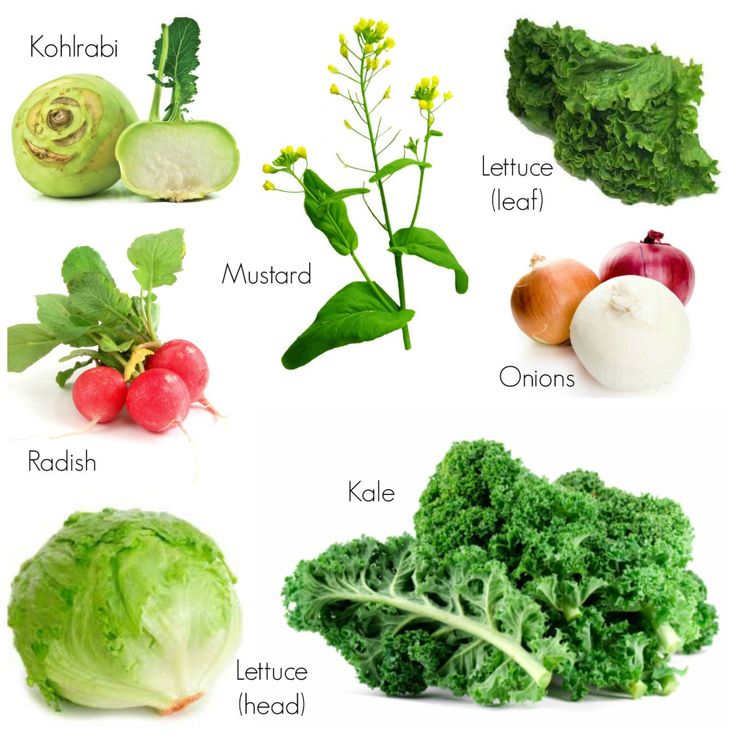
If you live in a mild climate and you have free-draining soil sets can be planted directly – they do not grow well in waterlogged soils.
(Image credit: RHS/Georgi Mabee)
What month do you plant vegetables?
There are vegetables that can be planted right through the year from January to December. Using a vegetable planting calendar is a handy tool for planning when to plant vegetables, but ultimately what month you plant vegetables will depend on your climate and growing zone, as well as the last frost date in your area.
Generally March and April, when the soil begins to warm, are the best months to begin sowing many hardy annual vegetable seeds outdoors including broccoli, cabbage, chard, carrots, peas and parsnips. Some of these can be started off under cover in a greenhouse or on a sunny window sill from February to help give them a head start, ready for planting outside once the weather warms.
Vegetables suited for growing in a greenhouse such as tomatoes, peppers, aubergines, tomatoes, cucumbers and chilli peppers can also be planted undercover from February.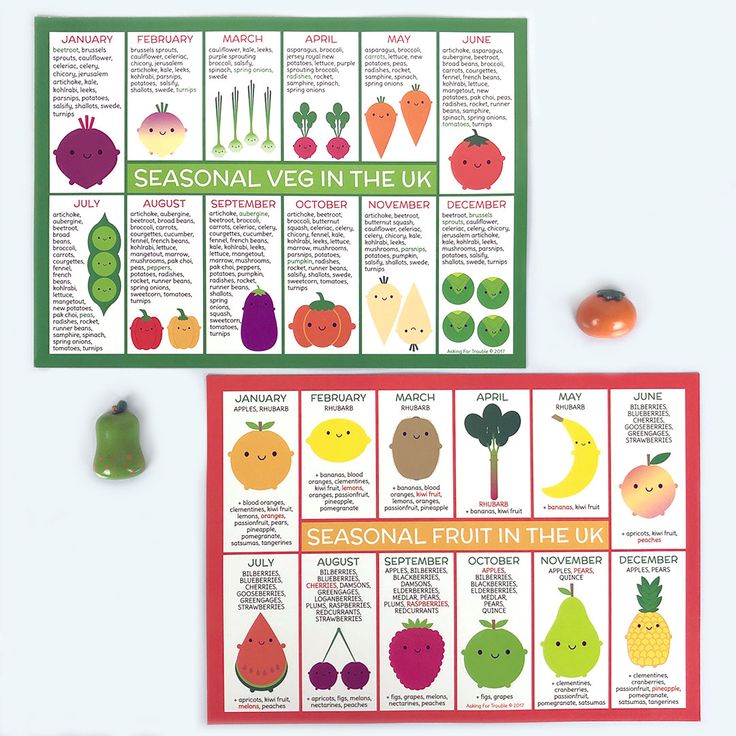
(Image credit: Leigh Clapp)
From March, frost-tender, half-hardy vegetables can be started off under cover ready for transplanting once the risk of frost has passed including zucchini, pumpkin, sweetcorn and aubergine. After this time, generally from late May and June, frost tender half-hardy annual vegetables can then be planted out into their final position or sown directly outside.
Successive sowings of many fast maturing vegetables can be sown from March up until July including radish, beetroot and spring onions.
In July and August many hardy vegetables can be planted for winter harvesting including cabbage, pak choi, spring cabbage, spinach and chard.
The growing season slows from October when temperatures begin to dip but this is the prime time to plant garlic. winter salads can continue to be planted and broad beans can be sown for an early spring crop.
Pippa is Content Editor on Homes & Gardens online contributing to Period Living and Country Homes & Interiors print issues.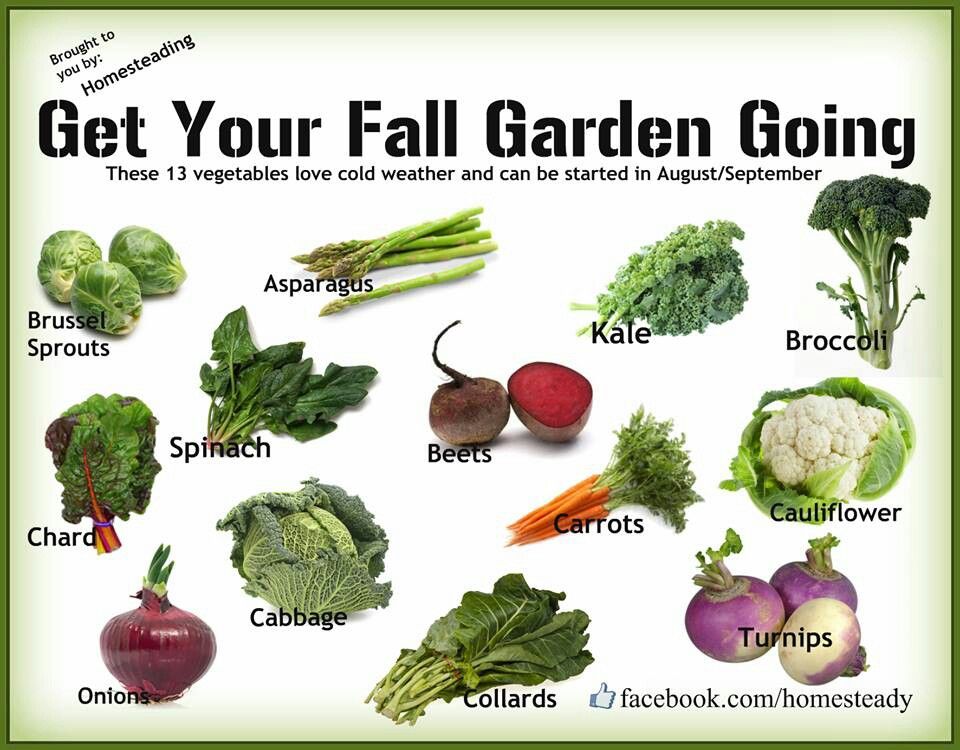 A graduate of Art History and formerly Style Editor at Period Living, she is passionate about architecture, creating decorating content, interior styling and writing about craft and historic homes. She enjoys searching out beautiful images and the latest trends to share with the Homes & Gardens audience. A keen gardener, when she’s not writing you’ll find her growing flowers on her village allotment for styling projects.
A graduate of Art History and formerly Style Editor at Period Living, she is passionate about architecture, creating decorating content, interior styling and writing about craft and historic homes. She enjoys searching out beautiful images and the latest trends to share with the Homes & Gardens audience. A keen gardener, when she’s not writing you’ll find her growing flowers on her village allotment for styling projects.
What vegetables can be grown several times per season
It is quite possible to collect a rich harvest of various vegetables, as well as green and spicy crops, even from a small summer cottage. Especially if you manage to grow them several times a season, using early-ripening varieties. What should you choose?
First you need to make a clear plan of what and where on your site will grow first this season. Then give each "successor" the right place in the garden. To help you, we attach crop rotation rules along with a list of green manure.
Radish
If you literally translate the Latin word radix, from which the name of this vegetable crop comes, then you get the Russian word "root".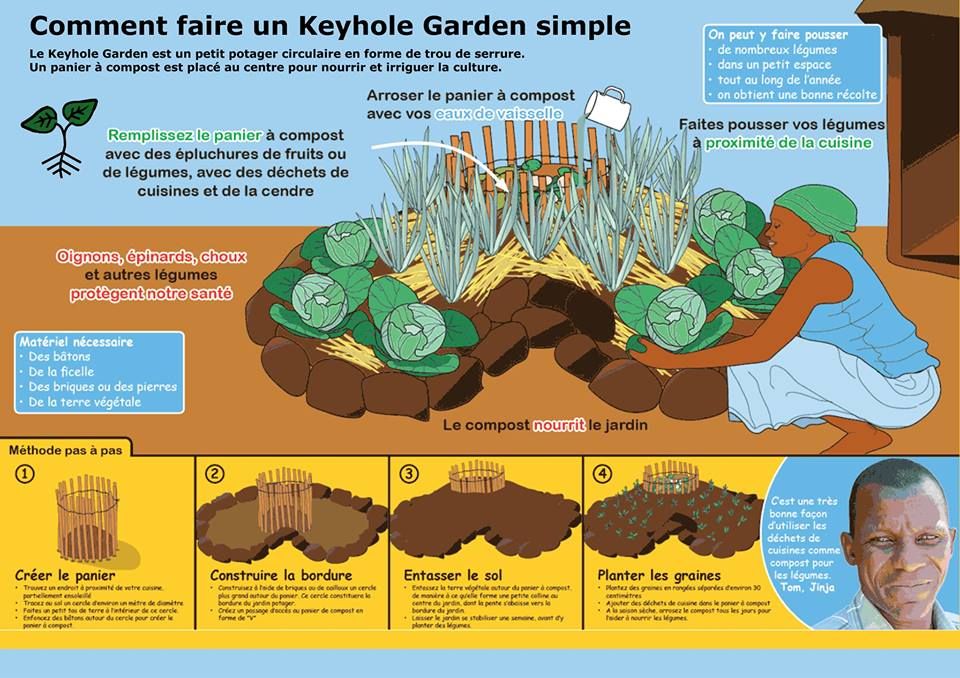
The name of this vegetable comes to mind first. And indeed: radish is an early culture. Moreover, it has a short growing season - from 25 days (depending on the variety). You can sow radishes in March - and in greenhouse conditions, it will give the first harvest in April. For this, varieties such as 9 are suitable.0013 18 days , Saksa, Rubin, Zarya, Early red, Okhotsky , etc.
Then varieties of continuous cultivation are sown, on the package with seeds of which there is a corresponding mark. Experienced gardeners say that Wurzburg 59, Gloriet F1, Dabel F1, Gusar, Jolie, Duro, Ramtoush are suitable for this - these varieties will ensure you harvest radishes until the end of summer.
Peas
Traditionally, beds are sown with peas, starting from the third decade of April - first with seeds of shelling, and after 2-3 weeks - with other varieties. Early maturing pea varieties such as Ambrosia, Altai Emerald, Vega, Vera, Premium , etc.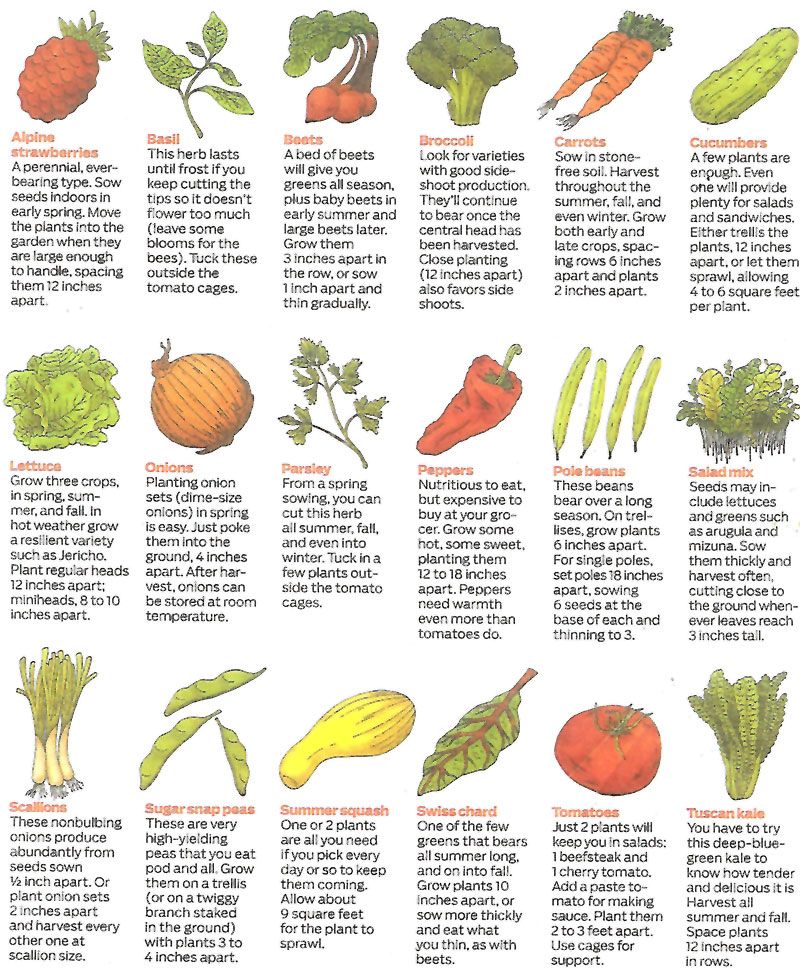 give a harvest in 55-60 days after germination. Given the frost resistance of the crop and the possibility of early sowing, it is quite possible to harvest peas twice a summer.
give a harvest in 55-60 days after germination. Given the frost resistance of the crop and the possibility of early sowing, it is quite possible to harvest peas twice a summer.
Cabbage
Broccoli, kohlrabi, cauliflower and even white cabbage - these varieties of cabbage can produce several crops during one season.
Cabbage seeds can be sown from January to April and planted outdoors from April to June respectively. Early cabbage ( Golden hectare, Nakhodka, Transfer F1 and others), which is not suitable for long-term storage, but is perfect for fresh consumption, it is logical to plant throughout the season, because its growing season is from 50 to 120 days. Mid-season ( Megaton F1, Gift, Slava 1305 and others) and late ( Snow White, Kamenka, Sugar Loaf, Extra F1 ) varieties of cabbage are best grown, focusing on their shelf life.
Seedlings of kohlrabi begin to be planted together with the first batch of white cabbage: early varieties ( Viennese white 1350, Viennese violet ) - until mid-May, mid-season varieties ( Madonna, Cartago F1 ) - during May, late varieties ( Violetta, Giant, Delicious white ) - until the end of the first decade of July. In parallel, you can grow kohlrabi from seeds, but it is better to start sowing them no earlier than mid-June.
In parallel, you can grow kohlrabi from seeds, but it is better to start sowing them no earlier than mid-June.
Broccoli, which has a growing season of 60-70 days, can also be planted several times per season. Its most popular varieties are Green Magic F1, Fiesta F1 (early), Batavia F1, Laki F1 (mid-season), Parthenon F1, Marathon F1 (late).
Cauliflower can also be grown several times per season and used for this as seedling (with planting in open ground in late April - early May) and seedless (with sowing in a cold nursery in the second half of May) methods. You can also plant seeds in open ground under a film (late April - early May) or without it (late June - early July). The most popular varieties of cauliflower - Snezhinka and Moscow early ripening (early), Domestic and White beauty (mid-ripening), Adler spring and Sochi (late).
Cucumbers
You can try to grow cucumbers twice a season.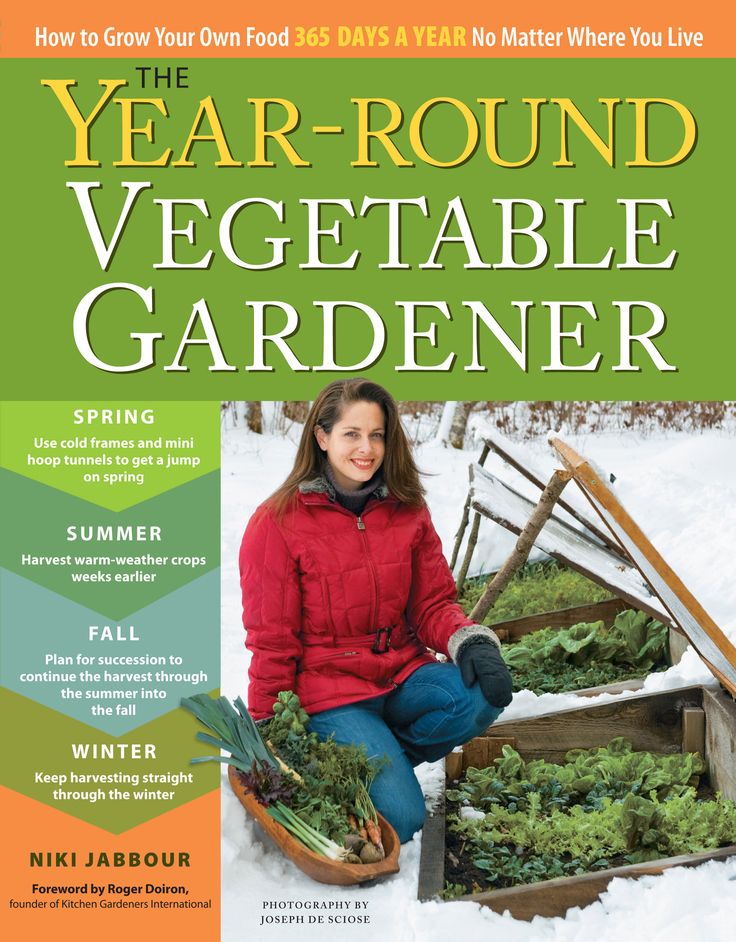 Of course, depending on the landing time, you will assign them different places. Seedling cucumbers can be planted in a greenhouse from the end of April, in open ground - from early May to mid-June. But when experimenting with plantings, remember that you can plant cucumbers in the same place only after 3-4 years.
Of course, depending on the landing time, you will assign them different places. Seedling cucumbers can be planted in a greenhouse from the end of April, in open ground - from early May to mid-June. But when experimenting with plantings, remember that you can plant cucumbers in the same place only after 3-4 years.
The most popular varieties of cucumbers: Bazar F1, Zozulya F1, Cheerful guys F1, Herman F1 (early), Kochubey F1, Makar F1, Far East (mid-ripening), Salting F1, Phoenix (late). Regardless of the ripening time, cucumbers can be divided into several more groups. For example, there are varieties for making salads and for canning.
Carrot
The same trend is with the sowing of carrots, with the only difference that it is sown immediately in open ground, and the sowing dates are coordinated with the growing season of a particular variety. You can start sowing carrots already in late April - early May, choosing early ones ( Bureau, Vesta F1 ) and mid-season ( Karotel, Vitamin 6 ) varieties that are not suitable for long-term storage and will yield as early as the end of June.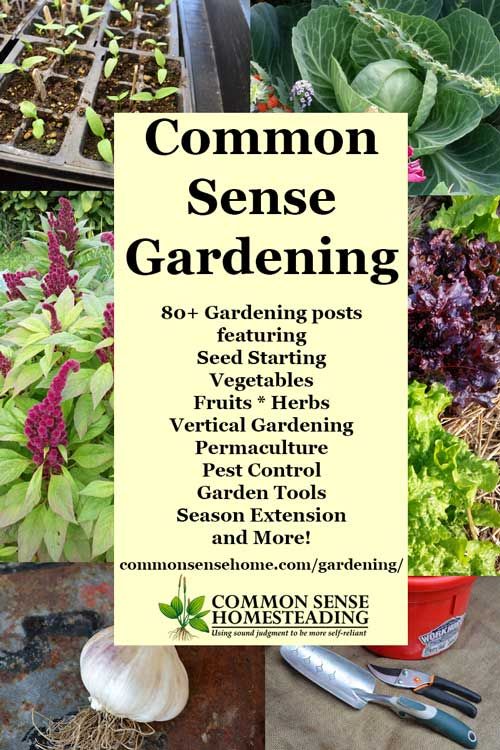 Late ( Autumn Queen, Cascade, Flakke ) varieties are sown at this time to harvest in September-October, and it was well stored in winter.
Late ( Autumn Queen, Cascade, Flakke ) varieties are sown at this time to harvest in September-October, and it was well stored in winter.
Frost-resistant varieties of carrots can be sown before winter, the main thing is not to "miss" the most suitable moment for this.
Potato
Potatoes can also be planted more than once per season: at first - varieties of different ripeness, having previously indicated their names. Early varieties ( Alena, Zhukovsky early, Lileya ) you will be able to enjoy very soon, and mid-ripening ( Sante, Red Scarlett ) and late ( Alpinist, Temp ) you will collect much later and send for long-term storage. It is equally known that potatoes can be re-planted in the summer (the main thing is not to do this in the same place from where you recently dug them up) in a temperate area. For this, it is better to choose early-ripening varieties.
Greens and spices
Lettuce, sorrel, spinach, dill, parsley, arugula and spring onions can be planted throughout the season, from April until the end of summer.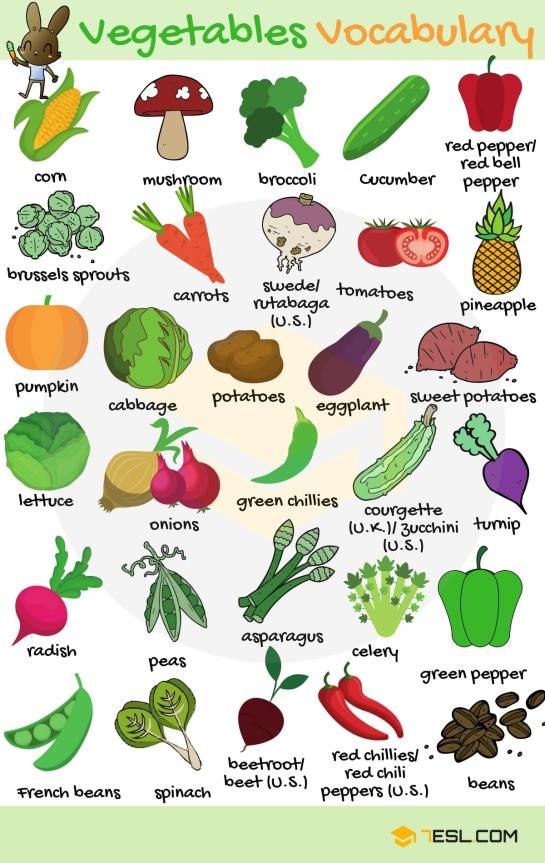 It is generally possible to grow some of their species on the windowsill in the cold season. And mustard can also be sown as green manure.
It is generally possible to grow some of their species on the windowsill in the cold season. And mustard can also be sown as green manure.
Many of the listed crops are also fairly easy to grow.
What kind of crops do you grow more than once per season?
Vegetable planting calendar
Vegetables grown in the countryside are much tastier and healthier than store-bought ones. If you plant them on time and properly care for them, then the harvest will be excellent - these are all modern varieties and hybrids. Vegetable planting calendar - to help you! We have prepared a memo for the entire season.
The sowing campaign begins long before the summer season opens. In February, March and April, seedlings of heat-loving crops or varieties with long growing seasons begin to grow. As soon as the soil warms up, you can start sowing seeds in open ground. Knowing when to plant vegetables in the garden, you will not miss anything and will do everything on time.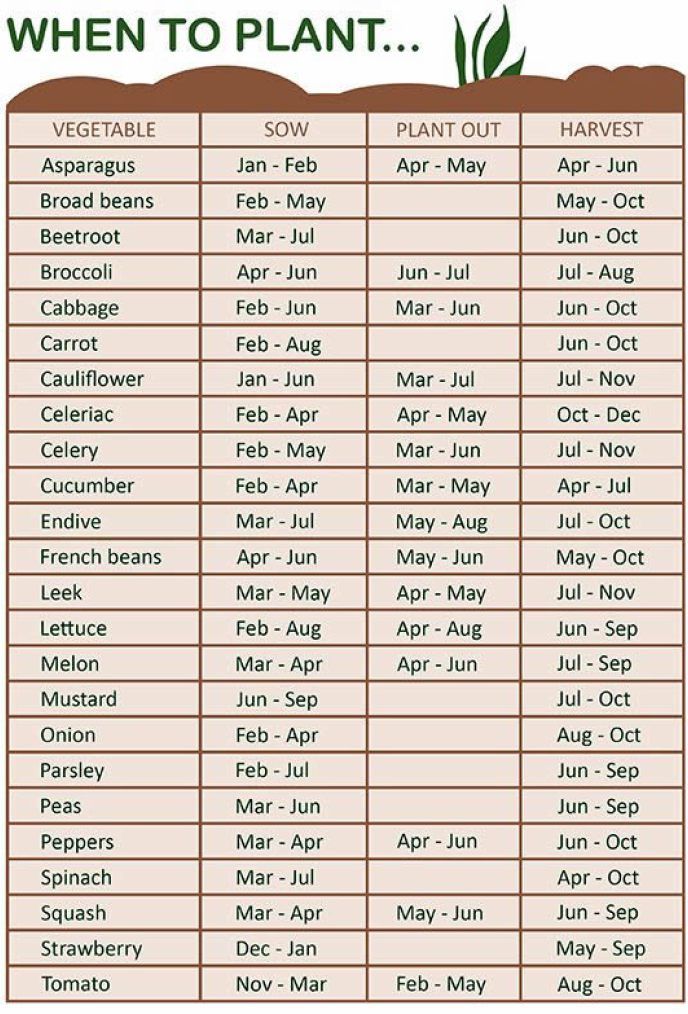
What vegetables to sow in March
From the second half of the month, you can sow basil seedlings and plant seedlings in open ground at the beginning of May. Seeds are planted to a depth of about 1 cm. Seedlings are planted in open ground according to the scheme 30 by 25 cm.
No garden is complete without nightshade. When to plant vegetables of this family? They are thermophilic, so they are grown in seedlings. Seeds are sown from the first days of March. Sweet and hot peppers, tomatoes, eggplants, physalis are planted to a depth of 1.5 cm and transferred to open ground or greenhouses at the age of about two months.
Melons and watermelons for seedlings are sown from March 15th. The seeding depth is 2 cm. Seedlings are planted in the soil according to the scheme 100 by 100 cm.
White cabbage is grown only through seedlings. In the second half of the month, the seeds are planted to a depth of about a centimeter and seedlings are grown at relatively low temperatures, even in an outdoor greenhouse. Seedlings are planted in open ground after 60 days according to the scheme 65 by 50 cm.
Seedlings are planted in open ground after 60 days according to the scheme 65 by 50 cm.
Broccoli, Brussels sprouts, kohlrabi and cauliflower diversify the table. Harvesting of ultra-early varieties begins in mid-summer. Seedling method will help to get an early harvest. Sowing is carried out in waves, starting from mid-March. Planting depth 1 cm. The scheme of growing these crops in the garden is 50 by 50 cm.
Chinese cabbage or petsai is an early-ripening leafy vegetable. To comply with the vegetable harvesting calendar, it must be planted in two terms: on the twentieth of March and the twentieth of April. Heads can be cut 2 months after germination. Sowing depth 1 cm, cultivation scheme 45 by 25 cm.
Onions from seeds sown in March, depending on the variety, will produce cut greens in summer, and large heads by autumn. Seeds are sown to a depth of 1 cm. Seedlings are grown for 50-80 days. Landing in open ground takes place according to the scheme 15 cm in a row, 25 cm aisle.
Leek is sown for seedlings in early March to a depth of 1 cm. At the age of 60 days, the seedlings are transferred to the garden and planted according to the scheme 15 cm in a row, 30 cm between rows.
What vegetables to sow in April
Rutabaga lovers sow the seeds of this most useful root crop from late April to mid-May. The depth of seeding is 1.5-3 cm, depending on the properties of the soil. Plants are placed on the ridges according to the scheme: 60 cm row spacing, 25 cm in a row.
Zucchini, squash, pumpkins, watermelons are planted for seedlings at the end of the month. Sowing is done to a depth of 3 cm. Seedlings are planted at the age of 30 days according to scheme 90 x 90 cm.
Until the middle of the month, mid-ripening and late white cabbage, as well as red cabbage varieties, can be sown for seedlings. It is better to do this immediately in an outdoor greenhouse, since cabbage seedlings cannot tolerate the warm and dry air of a city apartment. Seedlings are transferred to the garden in the second half of May according to the scheme 70 by 50 cm. Sprouted tubers are planted in April and at the age of 20 days the bushes are transferred to the beds along with an earthen clod.
Seedlings are transferred to the garden in the second half of May according to the scheme 70 by 50 cm. Sprouted tubers are planted in April and at the age of 20 days the bushes are transferred to the beds along with an earthen clod.
Beetroot is grown only by the seedless method. At the end of April, the soil in many regions of Kazakhstan warms up enough to carry out sowing. The seeds are deepened by 2 cm, the distance between the rows is 20-30 cm. After germination, the seedlings are thinned out, leaving 15 cm between them. Extra seedlings can be immediately planted on the next bed - they easily tolerate transplantation.
Vegetable beans, grains and peas are sown at the end of the month in beds according to the scheme 80 by 20 cm, deepening the seeds by 5 cm. With a smaller sowing, peas will become easy prey for birds.
What vegetables to sow in May
In May, seeds are sown in open ground with might and main. Greens are planted en masse: parsley, dill, cilantro, basil. The main planting of radishes and rutabaga is in progress. Onion sets, potatoes of mid-season and mid-late varieties, cucumbers are planted. By the end of the month, seedlings of tomatoes, peppers and eggplants can be planted in open ground.
The main planting of radishes and rutabaga is in progress. Onion sets, potatoes of mid-season and mid-late varieties, cucumbers are planted. By the end of the month, seedlings of tomatoes, peppers and eggplants can be planted in open ground.
What vegetables to sow in June
Starting June 10, you can sow radish, kohlrabi. Plant seedlings of cauliflower and broccoli. According to the vegetable harvest calendar, it can be harvested in September. Dip asparagus seeds into the ground to get a crop for the next year. If there is a winter greenhouse, it's time to sow the seeds of indeterminate tomatoes.
What vegetables to sow in August
At the end of summer, you can sow Chinese cabbage for autumn harvesting, head lettuce for the winter greenhouse, greens.
It's harvest time. They dig early root crops, collect tomatoes, peppers, eggplants, pumpkins and zucchini. Early ripe greens or green manure are sown on the vacated beds - the land in the garden should not be empty.




